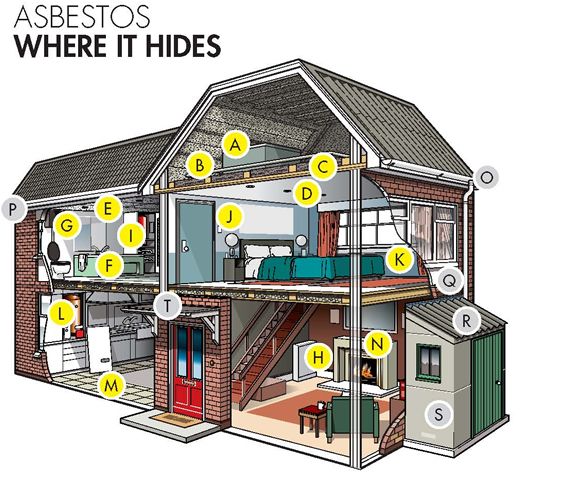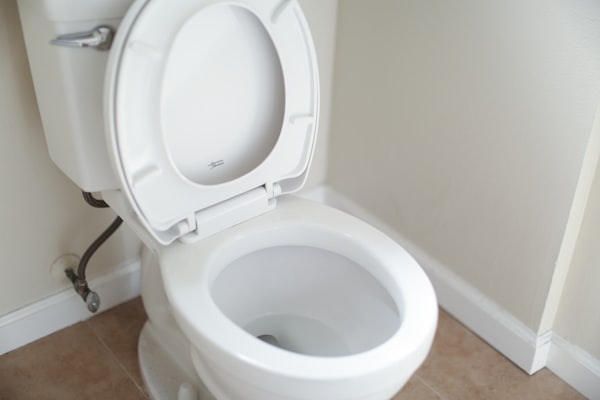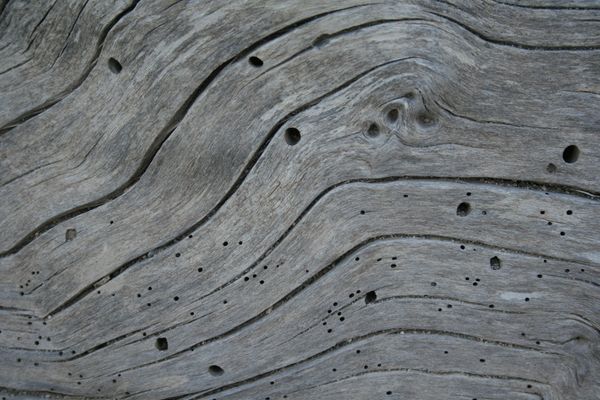If your home was built or extended between 1930 and 1999 it is likely to contain asbestos in some form.
Why was it used?
Asbestos was widely used during this period due to it's cost effectiveness, availability, durability/strength and it’s excellent insulation and fire-resistant properties. Asbestos is also resistant to water, chemicals and electricity. All these factors made asbestos a very popular building material within construction, which is why so much of it still exists in homes and commercial buildings today.
Where can it be found?
Here are some of the common asbestos containing materials (ACM’s) that can usually be found in older homes:-

Inside
- A. Asbestos cement Water tank
- B. Pipe lagging
- C. Loose fill insulation
- D. Textured decorative coating eg artex
- E. AIB ceiling tiles
- F. AIB bath panel
- G. Toilet seat and cistern
- H. AIB behind fuse box
- I. AIB airing cupboard and/or sprayed insulation coating boiler
- J. AIB partition wall
- K. AIB interior window panel
- L. AIB around boiler
- M. Vinyl floor tiles
- N. AIB behind fire
Outside
- O. Gutters andAsbestos cement downpipes
- P. Soffits – AIB or asbestos cement
- Q. AIB exterior window panel
- R. Asbestos cement roof
- S. Asbestos cement panels
- T. Roofing felt
- AIB = Asbestos Insulating Board
How dangerous is it?
At the start of the 20th century it was discovered that the thin fibres contained within asbestos could cause cancer and lung disorders if inhaled. It is now illegal to import or use asbestos in construction, but there remains a lot of asbestos in older buildings.
It’s important to remember that most asbestos in domestic properties carries a very low risk to health, as the fibres are bound together in plastic or cement. Contrary to what a lot of people believe, providing that asbestos containing materials (ACM’s) are left in situ, are undisturbed and undamaged, then they are considered to pose no immediate risk to health and it’s safer to leave them as they are.
You should only become concerned about asbestos in your home if you plan on doing any kind of DIY or renovations which could cause potential damage to any asbestos containing materials.
This can even include tasks like decorating, hanging pictures or installing new light fittings as any of these simple tasks could potentially disturb any existing asbestos in homes.
If any asbestos products are damaged or you plan to undertake alternations within the property, especially where it is suspected or confirmed that there are materials containing asbestos, you must take specialist advice from a licensed Asbestos contractor
How to spot Asbestos
Below are a few examples of products that contain Asbestos fibres.










*If you suspect or are aware of the existence of asbestos within your home, you have a duty of care to inform any tradesperson or visitor of its presence if they are likely to come into contact with the material. Failure to do so could result in some liability under common law.
If you are concerned about asbestos it's best to get an expert opinion. Click or scan to install the Planna app and book a video consultation with a professional from the comfort of your home.








